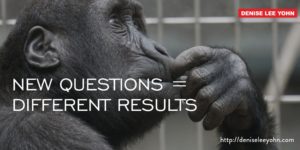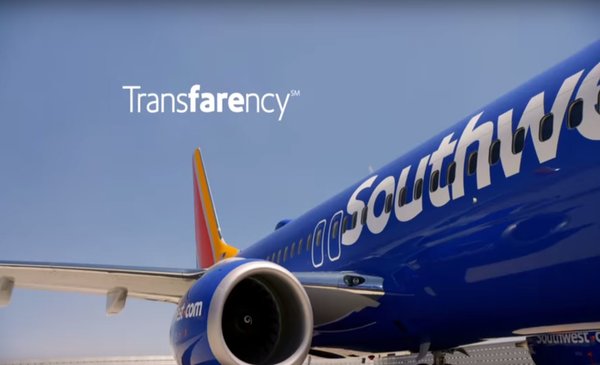Kellogg’s is investing more than £6m in advertising for Crunchy Nut this year, 31 per cent of which will be spent digitally, as the brand reaches out to social influencers in its ‘Search for the Ultimate Crunchy Nutter’ competition.
The £6m campaign, consisting of a digital competition and two TV ads in 2017, represents a 183 per cent increase in the cereal company’s above-the-line investment in Crunchy Nut, compared to the previous year.
Today marks the launch of the digitally-led ‘Search for the Ultimate Crunchy Nutter’ competition, which challenges Crunchy Nut fans to eat a bowl of the cereal in a ‘troublesome place or at a troublesome time’, before sharing video evidence of the consequences with Kellogg’s though the hashtag #TastesTooGood.
(adsbygoogle = window.adsbygoogle || []).push({});
The ‘Search’ will identify the biggest Crunchy Nut fan in the UK, with the aim of cementing Crunchy Nut’s position as the go-to cereal brand for taste. The initiative has been developed in partnership with global marketing and technology agency DigitasLBi and full service creative agency Leo Burnett.
The reach of the challenge will be heightened by a host of social influencers posting videos of their own entries – including comedians Cian Twomey (5.4m followers) and Dylan Evans (1.6m followers), football freestyler Jamie Knight and Radio 1 DJ Scott Mills – ultimately pushing the campaign to a combined following of 11m social engagers.
As part of the £6m spend, Crunchy Nut is on TV now, featuring a new end-frame highlighting Kellogg’s latest innovation – Crunchy Nut Peanut Butter Clusters – a cereal which generated Kellogg’s highest ever level of organic engagement on a social media post. The post was shot under the popular format of ‘unboxing’, to reveal the peanut-themed packaging.
Gareth Maguire, Cereal Marketing Director for Kellogg’s UK & Republic of Ireland, said: “We are excited about investing at this scale in Kellogg’s Crunchy Nut – it is no. 1 for taste in the UK market and, as consumers know, the food is irresistible.
“Powering up Crunchy Nut through TV and digital allows us to grab fans’ attention by dramatising this irresistible taste; engaging with consumers in a fresh way while utilising social media influencers and audience participation.
“Crunchy Nut is in more than 6.5 million households across the UK. That means there are plenty of Crunchy Nutters across the nation, and we are looking forward to seeing the breadth of troublesome situations in which #TastesTooGood comes to life.
Ian Hilton, Planning Director, Leo Burnett, added: “After years of broadcast storytelling about the trouble that the irresistible taste of Crunchy Nut can get you into, we’re delighted to be bringing consumer participation to the heart of the campaign by inviting our devoted Crunchy Nut fans to have a bit of fun with us by demonstrating the trouble they’re prepared to put themselves in to enjoy a bowl.”
Kellogg’s Search for the Ultimate Crunchy Nutter competition goes live on Facebook and Twitter from today, using a launch film directed by George Sawyer from Channel X.
Kellogg’s will develop reactive branded content based on the videos submitted by Crunchy Nut fans. The best entrants will then compete in a special game show, where one person is crowned the ‘Ultimate Crunchy Nutter’.
Chris Clarke, chief creative officer, International, DigitasLBi added: “To make the content we’re creating with Kellogg’s truly engaging, we’ve boosted our team with talent from the world of TV programme-making – most notably our Executive Creative Director, Peter Drake, who has great experience developing programming for the likes of Nickelodeon and Cartoon Network. The Search for the Ultimate Crunchy Nutter is a great example of the way in which we’re approaching content for Kellogg’s from an entertainment perspective.”
CREATIVE CREDITS:
The Search for the Ultimate Crunchy Nutter
Creative agencies: DigitasLBi and Leo Burnett
Client name and job title: Nicolas Borri, European Marketing Manager – Crunchy Nut & Extra
Creative Director: Peter Drake
Art Director: Lewis Beaton
Copywriter: Alex Moore
Strategists: Ian Hilton, Bernard Valentine
Account Director: Jessica Lyons, Sarah Wales
Agency Producer: Lisa Nicholls
Photographer: Christopher Harris
Director/ Production Co: George Sawyer from Channel X
Producer: Jim Reid
Post Production: The Farm
Sound Design: The Farm
DoP: Peter Gregory
Media agency: Carat






















